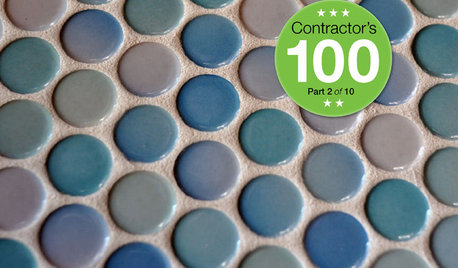pex with brass coupling vs. cpvc
coffeehaus
15 years ago
Related Stories

CONTRACTOR TIPSContractor Tips: How to Shop for Your Remodel
Small mistakes in buying remodeling materials can add up to huge cost overruns. Here's how to get things right the first time
Full Story






serviceplumberman
Susan
Related Professionals
University City Kitchen & Bathroom Remodelers · Beach Park Kitchen & Bathroom Remodelers · Fullerton Kitchen & Bathroom Remodelers · 93927 Kitchen & Bathroom Remodelers · Auburn Kitchen & Bathroom Remodelers · Bloomingdale Kitchen & Bathroom Remodelers · Boca Raton Kitchen & Bathroom Remodelers · Champlin Kitchen & Bathroom Remodelers · Channahon Kitchen & Bathroom Remodelers · Oceanside Kitchen & Bathroom Remodelers · Portage Kitchen & Bathroom Remodelers · Rancho Palos Verdes Kitchen & Bathroom Remodelers · Saint Helens Kitchen & Bathroom Remodelers · Westminster Kitchen & Bathroom Remodelers · Wilmington Island Kitchen & Bathroom Remodelerstuckerj
zl700
buddyrose